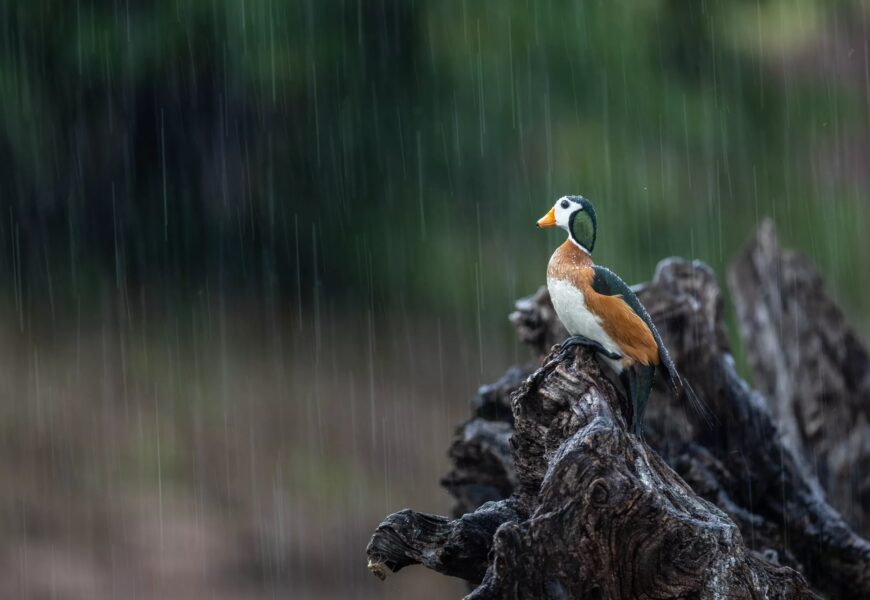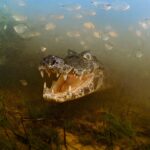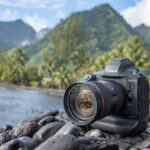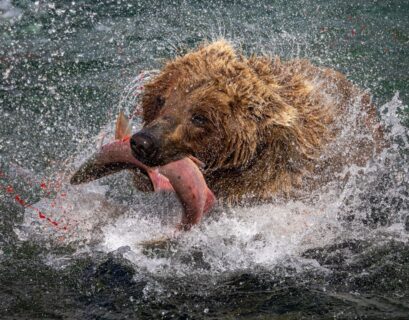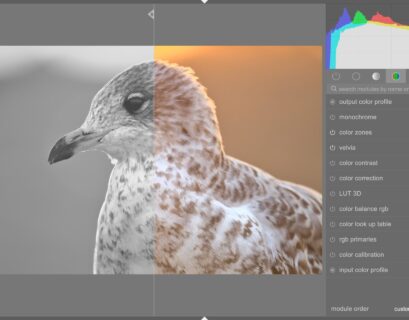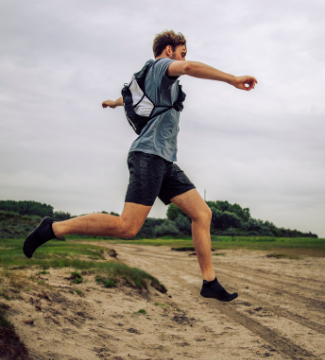Timing is everything in wildlife photography. The best times of day for capturing stunning images of animals in their natural habitat are often influenced by light conditions and animal behavior. Here’s a comprehensive guide to help you determine the optimal times for your wildlife photography endeavors.
Early Morning: The Golden Hour
Early morning, shortly after sunrise, is one of the most magical times for wildlife photography. Known as the golden hour, this period offers soft, warm light that adds a beautiful glow to your photos. The low angle of the sun creates long shadows and highlights textures, making your images more dynamic and visually appealing.
During early morning, many animals are more active as they search for food after a night of rest. Birds are often seen feeding and singing, while mammals may be out grazing. The cooler temperatures also make animals more active and easier to find. Additionally, the air is usually calmer and clearer, reducing atmospheric haze and enhancing image sharpness.
Late Afternoon to Early Evening: The Second Golden Hour
The late afternoon to early evening is another prime time for wildlife photography, often referred to as the second golden hour. As the sun begins to set, the light becomes warm and soft again, casting a golden hue over the landscape. This time of day offers similar benefits to the morning golden hour, with beautiful lighting and active wildlife.
Many animals become more active in the late afternoon as they prepare for the night. Predators may start hunting, and other animals begin their evening routines. The low angle of the sun during this time creates stunning backlighting and opportunities for silhouette shots.
Midday: Challenges and Opportunities
Midday light is typically harsh and direct, creating strong shadows and high contrast. While this time of day is generally less favorable for photography due to the intense light, there are still opportunities if you know where to look. On overcast days, the diffused light can be excellent for capturing even, soft illumination without harsh shadows.
If you must shoot during midday, seek out shaded areas where the light is less intense. Forests and wooded areas can provide natural shade and diffused light, making them good locations for photographing wildlife during this time. Additionally, bodies of water can act as natural reflectors, bouncing light onto your subjects and reducing harsh shadows.
Evening and Dusk: Capturing Nocturnal Wildlife
Evening and dusk are ideal times for photographing nocturnal wildlife. As daylight fades, many nocturnal animals begin their activities, providing unique opportunities for capturing species that are rarely seen during the day. The soft, fading light can create a moody atmosphere, adding a sense of mystery to your images.
However, low light conditions during dusk require some adjustments to your camera settings. Increase your ISO to ensure a faster shutter speed and use a wide aperture to let in as much light as possible. If necessary, use a tripod to stabilize your camera and prevent blur from longer exposure times.
Night: The Realm of the Nocturnal
Photographing wildlife at night opens up a whole new world of opportunities. Nocturnal animals, such as owls, bats, and many small mammals, become active after dark. Using a flashlight or headlamp with a red filter can help you navigate without disturbing the wildlife.
For night photography, a camera with excellent low-light performance is essential. Use a fast lens with a wide aperture (e.g., f/2.8 or wider) and a high ISO setting to capture enough light. A sturdy tripod is crucial for stabilizing your camera during long exposures. Experiment with different light sources, such as moonlight or artificial lighting, to create unique and captivating images.
Conclusion
Understanding the best times of day for wildlife photography can significantly enhance the quality of your images. Early morning and late afternoon offer the most favorable lighting conditions and increased animal activity, while midday, evening, and night present their own unique opportunities and challenges. By planning your shoots around these optimal times and adapting to the available light, you can capture stunning wildlife photographs that showcase the beauty and behavior of animals in their natural environments. Happy shooting!

